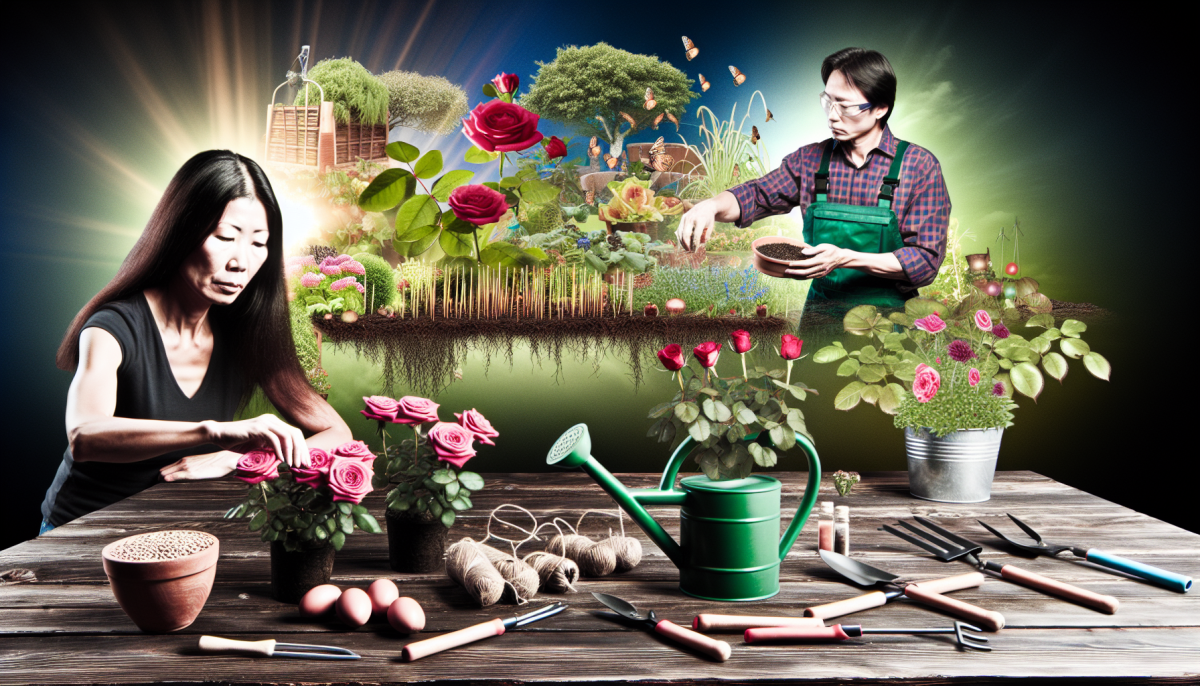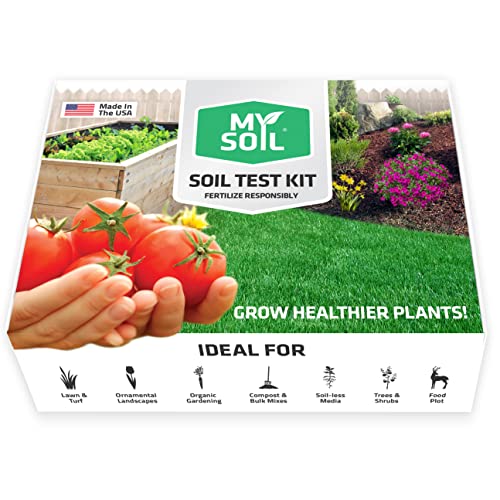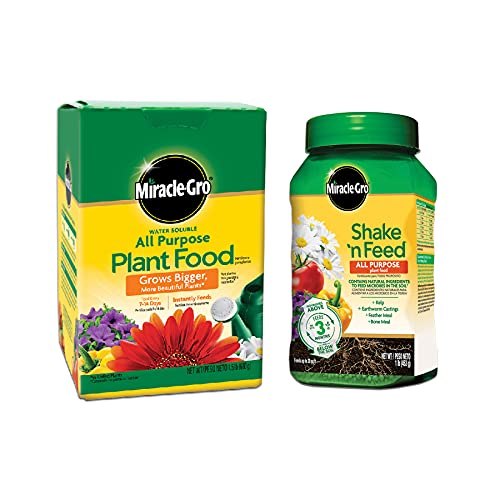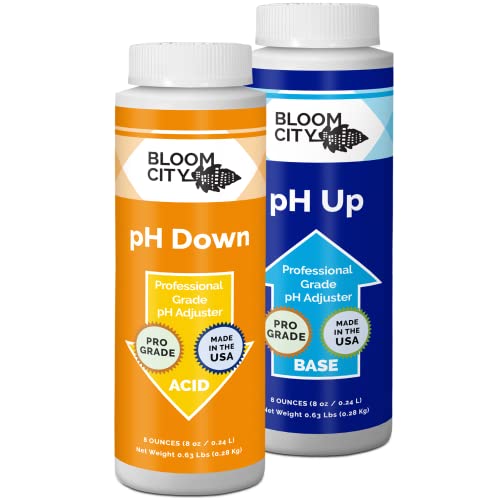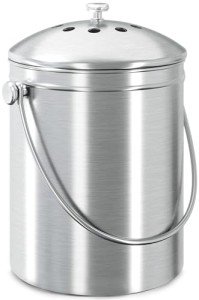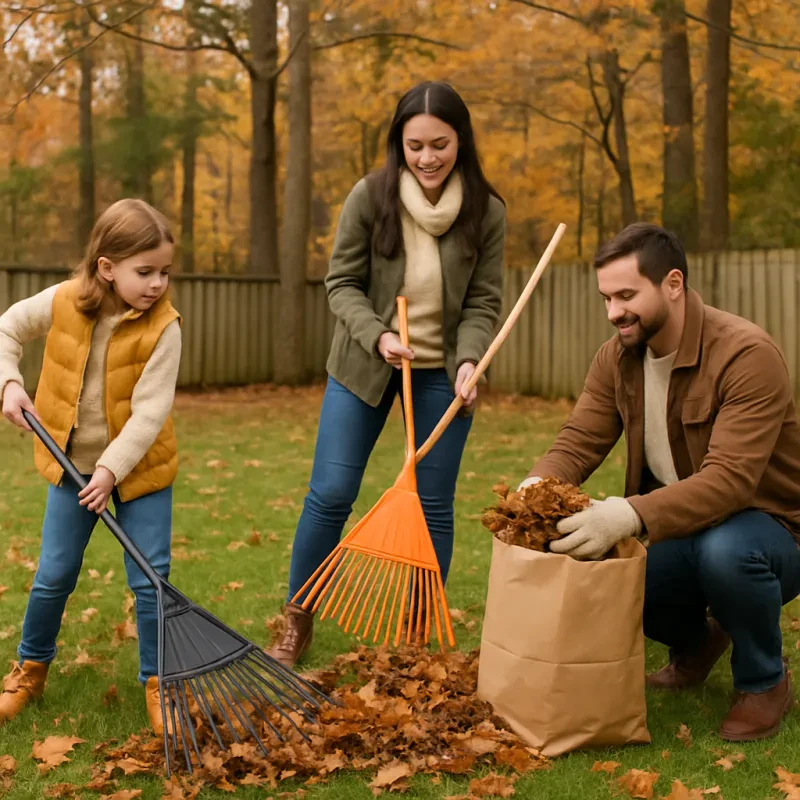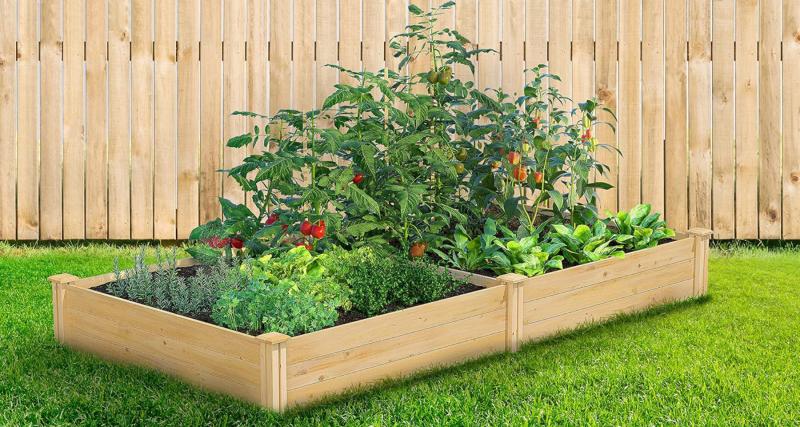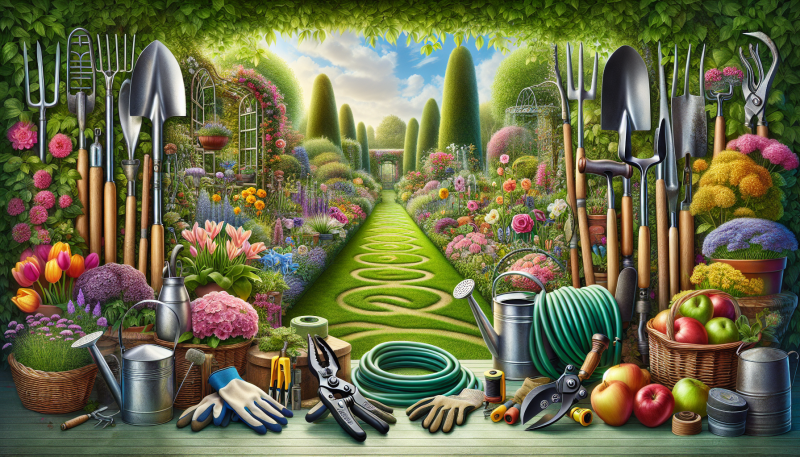The Basics to a Flourishing Garden
If you are new to gardening, you might feel overwhelmed by the amount of information and skills you need to learn. But don’t worry, gardening is easy and fun when you know the basics. In this blog post, we will share some essential gardening tips that will help you get started and grow a beautiful and productive garden.
Know your zone and season
One of the first things you need to know before planting anything is your USDA Hardiness Zone. This is a map that divides the country into 13 zones based on the average minimum winter temperature. Knowing your zone will help you choose plants that can survive the cold in your area and avoid wasting time and money on plants that will die.
You also need to know your growing season, which is the time between the last frost in spring and the first frost in fall. This will tell you when you can plant vegetables, fruits, and annuals outside, and when you need to harvest them or bring them indoors. You can find your zone and growing season on the USDA website or by asking a local nursery.
Choose the right plants for your site
Not all plants can grow in any place. You need to consider the amount of sunlight, water, soil type, and space that your plants need. For example, most vegetables need at least 8 hours of direct sun every day, while some flowers and herbs can tolerate partial shade. Some plants need moist soil, while others prefer dry conditions. Some plants need acidic soil, while others need alkaline soil.
To find out what plants are suitable for your site, you can do some research online, read plant labels, or ask a gardening expert. You can also observe what plants are already growing well in your area or in your neighbors’ gardens. Try to choose plants that match your site conditions, rather than trying to change the site to fit the plants.
Prepare your soil and tools
Soil is the foundation of any garden. Healthy soil will provide nutrients, water, and air to your plants, and prevent diseases and pests. To improve your soil quality, you can add organic matter such as compost, manure, or leaf mold. These will help retain moisture, improve drainage, and increase fertility. You can also test your soil pH with a kit or a meter and adjust it with lime or sulfur if needed.
You don’t need a lot of tools to start gardening, but some basic ones will make your work easier. A shovel or a spade is useful for digging holes and moving soil. A rake or a hoe is good for leveling the soil and removing weeds. A trowel or a dibber is handy for planting seeds and seedlings. A watering can or a hose is essential for watering your plants. A pair of pruners or scissors is helpful for cutting flowers and trimming plants.
Plant with care and patience
Once you have chosen your plants and prepared your site, you are ready to plant. Follow the instructions on the seed packets or plant labels for how deep, how far apart, and when to plant them. Make sure you water them well after planting and keep them moist until they are established. Don’t forget to label your plants with their names and dates of planting.
Plants take time to grow and bloom, so don’t expect instant results. Perennials usually need three years to reach their mature size and full potential. Annuals will flower faster, but they will die after one season. Remember that gardening is a process of trial and error, learning from mistakes, and enjoying the journey.
Maintain your garden regularly
To keep your garden healthy and beautiful, you need to do some regular maintenance tasks. These include watering, weeding, mulching, fertilizing, pruning, deadheading, harvesting, and pest control.
- Watering: Water your plants when the soil feels dry to the touch but avoid overwatering or underwatering them. Water deeply and infrequently rather than shallowly and frequently. Water early in the morning or late in the evening to reduce evaporation.
- Weeding: Remove weeds as soon as you see them, before they spread their seeds and compete with your plants for water and nutrients. Pull them out by hand or use a hoe or a weed killer.
- Mulching: Cover the soil around your plants with a layer of organic material such as straw, wood chips, grass clippings, or leaves. This will help retain moisture, suppress weeds, moderate temperature, and add nutrients.
- Fertilizing: Feed your plants with an organic or synthetic fertilizer according to their needs and stages of growth. Follow the directions on the package for how much and how often to apply it.
- Pruning: Cut back dead, diseased, damaged, or unwanted branches from your trees and shrubs to improve their shape, health, and productivity.
- Deadheading: Remove faded flowers from your annuals and perennials to encourage more blooming and prevent seed formation.
- Harvesting: Pick your fruits, vegetables, and flowers when they are ripe, ready, and at their peak of flavor and quality.
- Pest control: Monitor your plants for signs of insects, diseases, or animals that may damage them. Use natural or chemical methods to prevent or treat them.
Enjoy your garden and share it with others
Gardening is not only a hobby, but also a way of life. It can bring you joy, satisfaction, health, and beauty. It can also connect you with nature, yourself, and other people. Enjoy your garden by spending time in it, observing it, smelling it, tasting it, and touching it. Share your garden by inviting friends and family to visit it, giving them gifts of flowers or produce, or joining a gardening club or community.
We hope these tips will help you start your gardening journey with confidence and enthusiasm. Remember that gardening becomes easy when you know how. Happy gardening!
